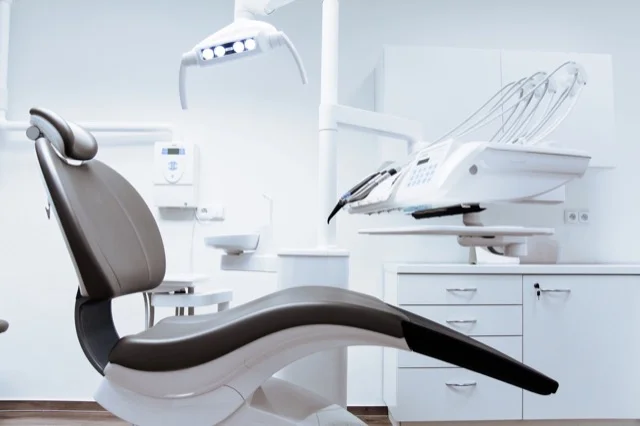Crown & Bridge
A crown, or "cap," helps preserve a damaged tooth and support bone health and nerve function. Crowns are typically used to:
- Restore broken teeth
- Support weakened teeth
- Rebuild teeth after a root canal
- Correct bite issues
- Improve the appearance of discolored teeth
- Cover dental implants
- Support bridgework
To create a crown, the dentist shapes the tooth, takes an impression, and sends it to a lab, while fitting a temporary crown in the meantime.
When a tooth is extracted, it creates a gap that can impact your bite, appearance, and speech, potentially leading to shifting teeth and an increased risk of gum disease. A dental bridge can fill this gap with an artificial tooth that is anchored to your natural teeth. The process involves shaping the adjacent teeth, taking an impression, and sending it to a lab while a temporary bridge is placed. Once the final bridge is ready, it is cemented onto the anchored teeth.
Materials For Dental Crown/bridge
Crowns can be created with many different types of materials. But the three most common types are:
All Ceramic - This is the most popular type of crown. They are the most esthetic type of crowns and can match very well with the natural color of your teeth. They are also very strong and durable. They do not include any metal.
PFM (Porcelain Fused To Metal) - This type of crown is made of metal, similar to a gold crown. However, a porcelain material is fused onto the metal so that the metal does not show.
Gold - All gold crowns have been used for a long time due to their strength and durability. With proper care, they can last many years. While they are the strongest type of crown, advances in dentistry have made all-ceramic crowns nearly as strong.

